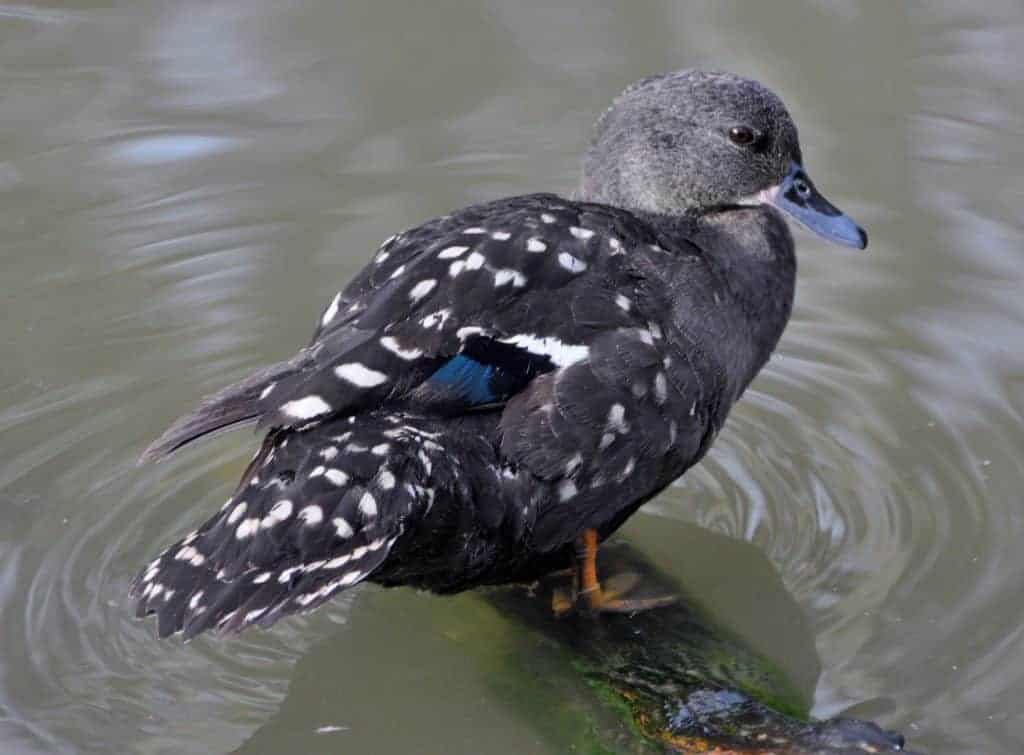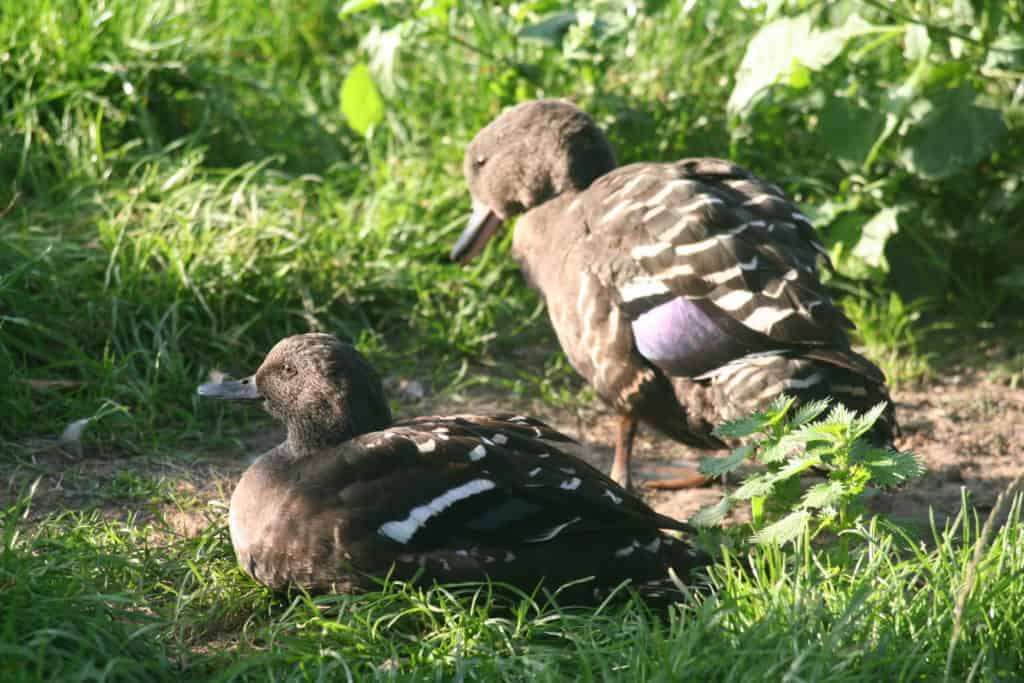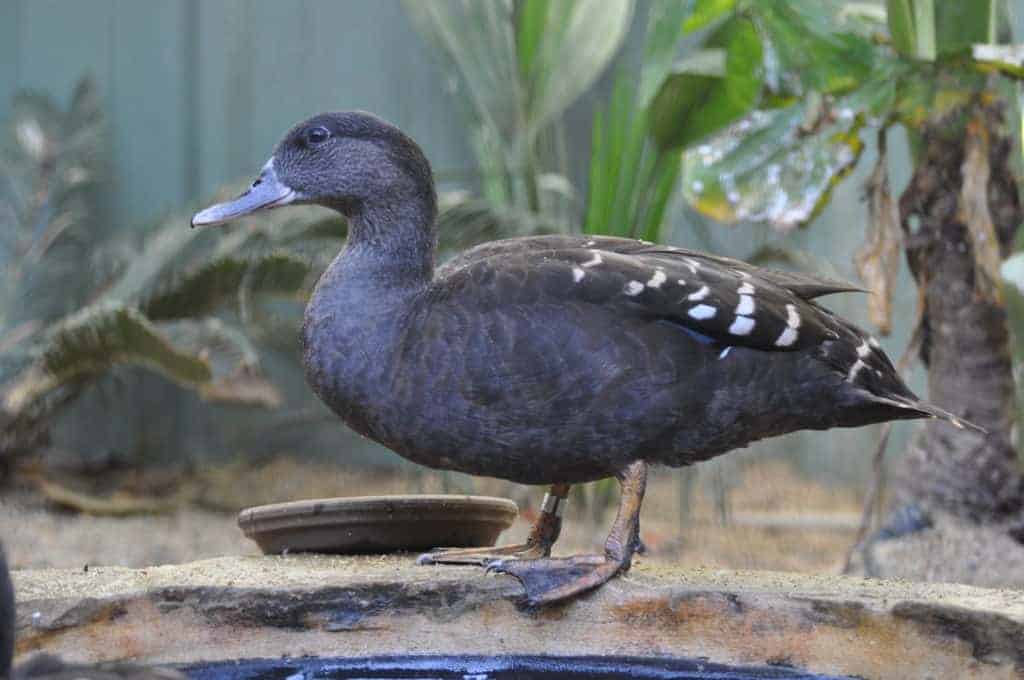African Black Duck

African Black Ducks from South Africa have blue-black bills, while those from the north of the species’ extensive range have pink bills. In Ethiopia they can be found breeding at up to 14,000ft.
There are two subspecies recognised:
- A. s. leucostigma – isolated populations in west equatorial Africa, south-east Nigeria, Cameroon and Gabon; east Africa from South Sudan and Ethiopia south to Zimbabwe.
- A. s. sparsa – of Namibia, east Botswana and Zimbabwe south through South Africa.
Anas sparsa
Though placed in the genus Anas, and thus long thought to be a distant relation of the Mallard, the African Black Duck may well be more closely related to the shelducks. It is a very different bird to the North American duck of the same name. Both sexes have similar rather plain, dark plumage with no eclipse. They are usually found on streams or small rivers, as they prefer running water, and are usually seen in pairs, never in flocks. They will also dive readily for food.

Rare in captivity, these interesting ducks have a reputation for being shy and secretive. They are also aggressive to other ducks. They are best kept in an enclosure of their own, with shallow water and plenty of cover. They are difficult to breed, but will use ground-level nest boxes.

African Black Ducks lay 4–8 pale cream or buffy eggs in a nest with a thick down lining. Incubation is about 28 days, with the duck tending the young after hatching. If the weather is cold, she may return to the nest to brood overnight for the first few days.